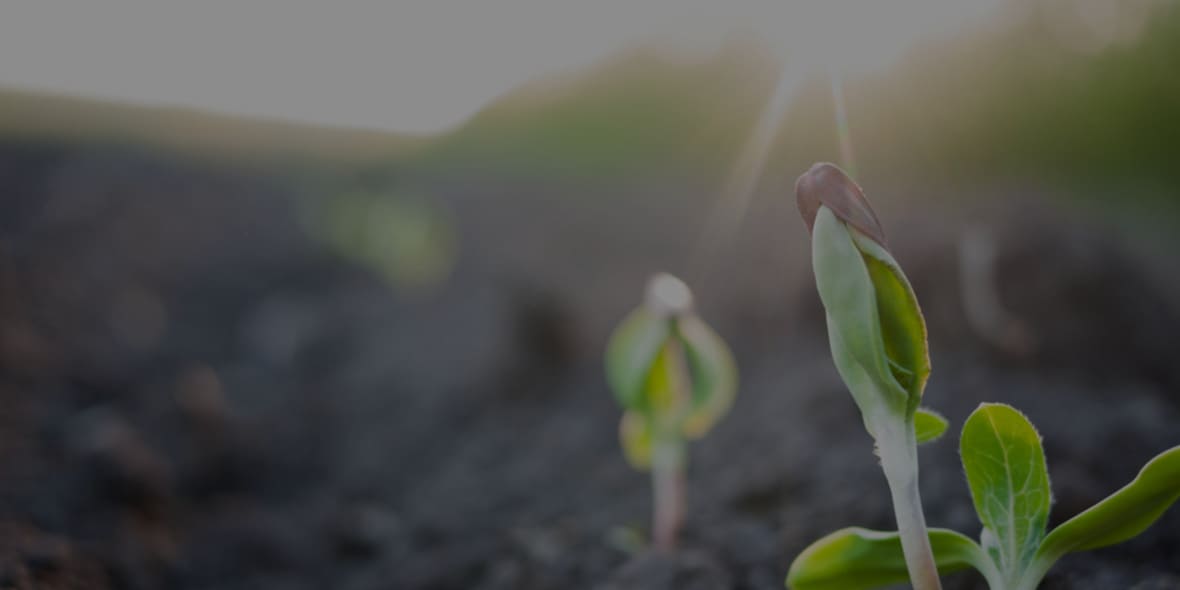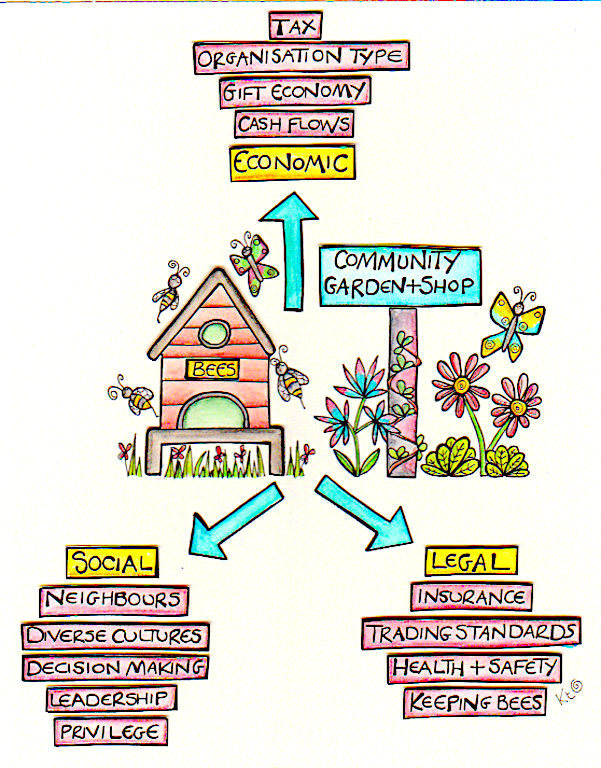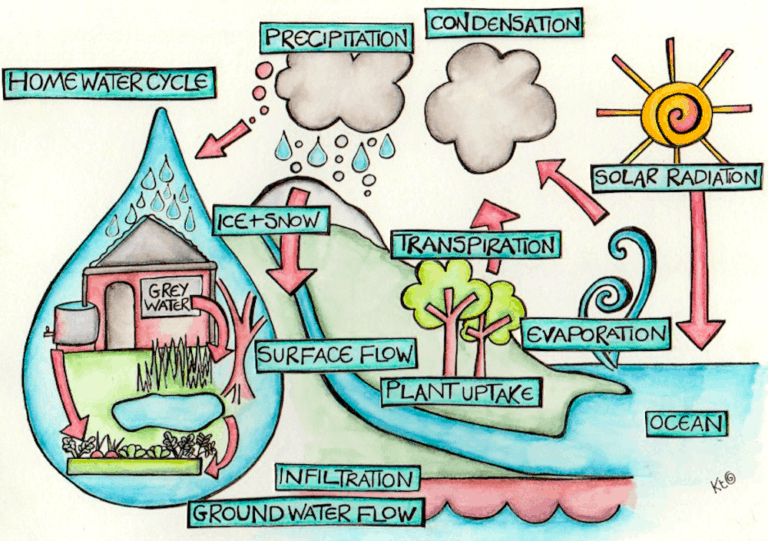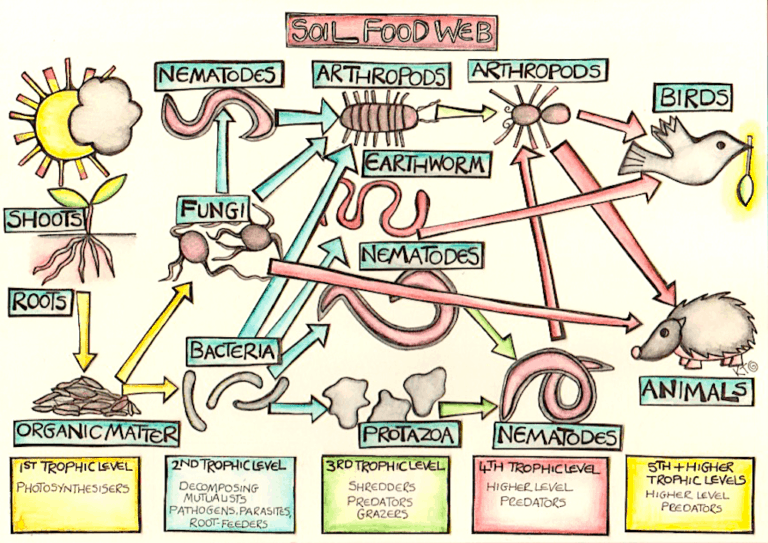“Evolution is no linear family tree, but change in the single multidimensional being that has grown to cover the entire surface of Earth.”― Lynn Margulis
“Work with nature, rather than against it.” – every successful organic gardener, ever.

Humans, Biodiversity, and Habitat Loss
Please take a half-hour to watch this lecture:
Survival necessitates reforestation. Full stop.
Fifteen years ago, when I wrote Food Not Lawns covering matters such as permaculture biodiversity, lawns covered 40 million acres of land in the USA. Now, they cover 80 million acres.
Since then, the human population on this planet has increased by almost 20%. Yet the amount of forest ecosystems on the planet has continued to decrease by millions of acres every year.
By definition, by our ethics, and by the very laws of nature, in order for an ecological design to succeed, we have to remove ourselves from the throne. We have to make the conscious choice for humanity’s needs to be on equal ground with the needs of other species.
Fortunately, this is the ecological default. We just have to stop working against nature. We have to embrace the fact that, in order for our own species to survive, we have to build an active perpetuation of others into our dedicated daily life-patterns.
And yes, your food forest, however small it may seem, matters! In fact, at this point in time, our survival as a species depends entirely on how quickly we can stop global deforestation and regenerate what we’ve destroyed so far. So your gardens, as many as you can grow, for the rest of your life, are more important than ever.
The threat of cataclysm is a huge and heavy truth, but it helps to understand that biodiversity isn’t a goal or something we can get. It isn’t the destination. The destination is life. Permaculture biodiversity is the vehicle that makes the destination attainable at all. And the easiest, fastest way to get behind the wheel? Gardening!
Whether you live on a farm or in an apartment in the city, you need plants. Plants provide almost all our food and vast amounts of our fuel, fiber, and medicine. Plants filter the air and water and help bind together the cycles of the earth.
Learning about plants inspires an instinctual, natural awareness that leads to increased creativity and mental and physical healing. Plants provide opportunities. The more diverse the plants, the more diverse the opportunities.
And, as with everything else, the designer limits the yield. The more different and diverse permaculture biodiversity is, and interconnected you can design your varied biodiversity permaculture gardens to be, the more they will contribute to the larger ecosystems of which they (and you) are a part.

Types of Gardens on a Permaculture Site
There are many different types of gardens that can interconnect in your permaculture design, and they can all be designed in ways that increase permaculture biodiversity. Where they connect, varied types of gardens will createpermaculture edges and microclimates!
- Kitchen gardens. A kitchen garden is a place to grow vegetables and herbs so ideally it’s in a sheltered spot, near the house, where you can nip to get fresh ingredients when you’re cooking a meal.
- Orchards. Although orchards don’t need much attention once they’re established, and so workwise could be in a distant zone, don’t forget there will hopefully be a lot of fruit to carry! This is why even on a large farm the orchard is usually near the house. The flowers on fruit trees are vulnerable to wind and frost so some shelter is needed.
- Pollinator gardens. Flowers and shrubs grown specifically to attract pollinators. This is both to help pollinators who are struggling, thanks to pesticides and diminished habitat, and also because gardens need pollinators.
- Field crops. Beans, grains, and seed stewardship projects tend to need larger growing areas, managed in straighter lines than you might use for interior gardens.
- Wild areas. Create and nurture habitats for wildlife: make a pond, a log pile; grow wild flowers.
- Zen gardens. Space for relaxation and meditation.
- Children’s gardens. Space for children to play in the dirt, learn to grow food, explore the world of mini-beasts, and get out of your hair for a minute!
- Accessible gardens. Gardens designed to be accessible are crucial for gardeners with disabilities. Thinking about accessibility is important in any garden. When friends and family visit, having at least part of the garden that is accessible means no-one is left out.
- Hedgerows. A well-designed, multifunctional hedgerow can provide food, shade, privacy, habitat, firewood, and much, much more. Hedgerows can create microclimates, redirect strong winds, and shelter large areas of tender plants that might not otherwise thrive in your area.

What about invasives?
If you’ve done any gardening at all, you’ve encountered weeds. Whether you pull the weeds and compost them, mulch over them, or both, removing the competition, so your selected plants can thrive is a huge part of agriculture, and needn’t be a struggle. However, some plants grow a little faster, and can earn labels like “invasive.”
Weeds, “invasive” plants, and exotics that are struggling to survive in a climate they haven’t evolved to endure all have something in common: they’re growing in a place that is inappropriate for what that plant needs in order to thrive in easy harmony with the plants around.

We call them special needs plants
Identifying the potential “special needs” of certain plants, whether already onsite or on their wish-list, means designers can more adeptly decide where to place those plants, or whether to bring them onsite at all.
This approach sidesteps the “invasive” argument altogether and simply assesses whether you’re willing to take responsibility for the needs of the plants you propagate.
You will also need to learn certain skills, such as when to provide extra water and nutrients, protecting from extreme temperatures, hand-pollinating for fruit production, learning how to create and make the best use of microclimates, and more.
And, while these pursuits are often part of a permaculture gardener’s life in general, and can surely be super fun and fascinating, it’s essential that you consider these details – and permaculture biodiversity altogether – while developing your whole-system design.
There are 11 categories of special needs plants in this illustration, and some plants will fit into several at once. The more plants you have that could be called “special needs” plants, the more maintenance your gardens will require.

Want to learn more about this and other topics related to permaculture, sustainability, and whole-systems design?
We offer a range of FREE (donations optional) online courses!
Relevant Links and Resources
Why is permaculture biodiversity important?
This animated short video explains it.
Food Webs and Energy Pyramids: An introduction from the Amoeba Sisters.
We are Symbiotic
If you haven’t heard about her yet, you’re in for a treat! Meet Dr. Lynn Margulis, PhD. She’s an evolutionary biologist who co-created the Gaia Theory and proved several of Darwin’s assertions to be wrong.
She also happened to be the late great Carl Sagan’s first wife. Her work is so interesting and revolutionary they made a whole documentary about her, which is well worth the time and investment.
Or just go down a YouTube rabbit hole and learn how evolution was/is dependent on collaboration and cooperation, NOT just competition!
Here’s a lovely interview to get you started.



